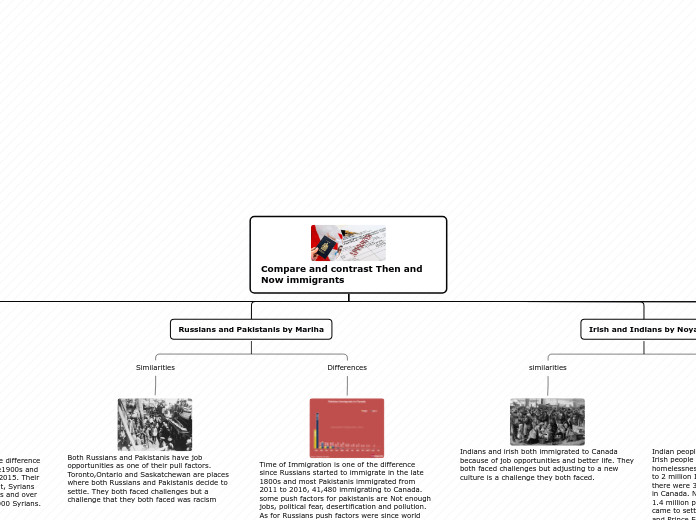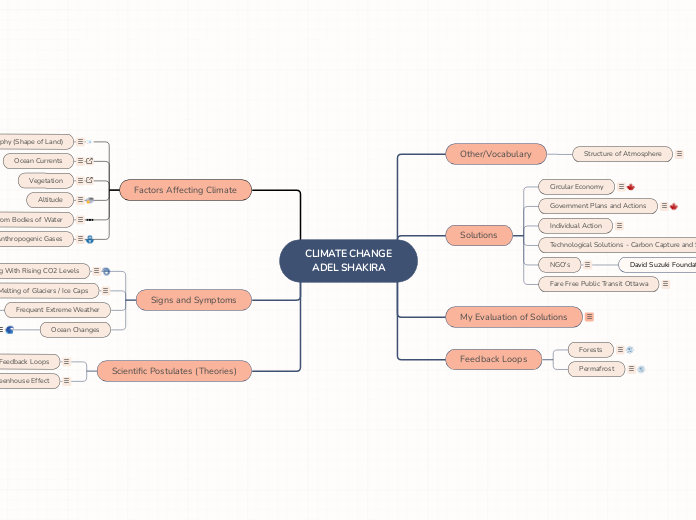por ETHAN NESBITT (Student) hace 5 años
601
2020_Archaeological Significance
The archaeological site of Troy, which dates back to 3000 BCE, encompasses nine distinct layers of occupation, each corresponding to different periods in its history. The early excavations, particularly those of Troy III-V (









